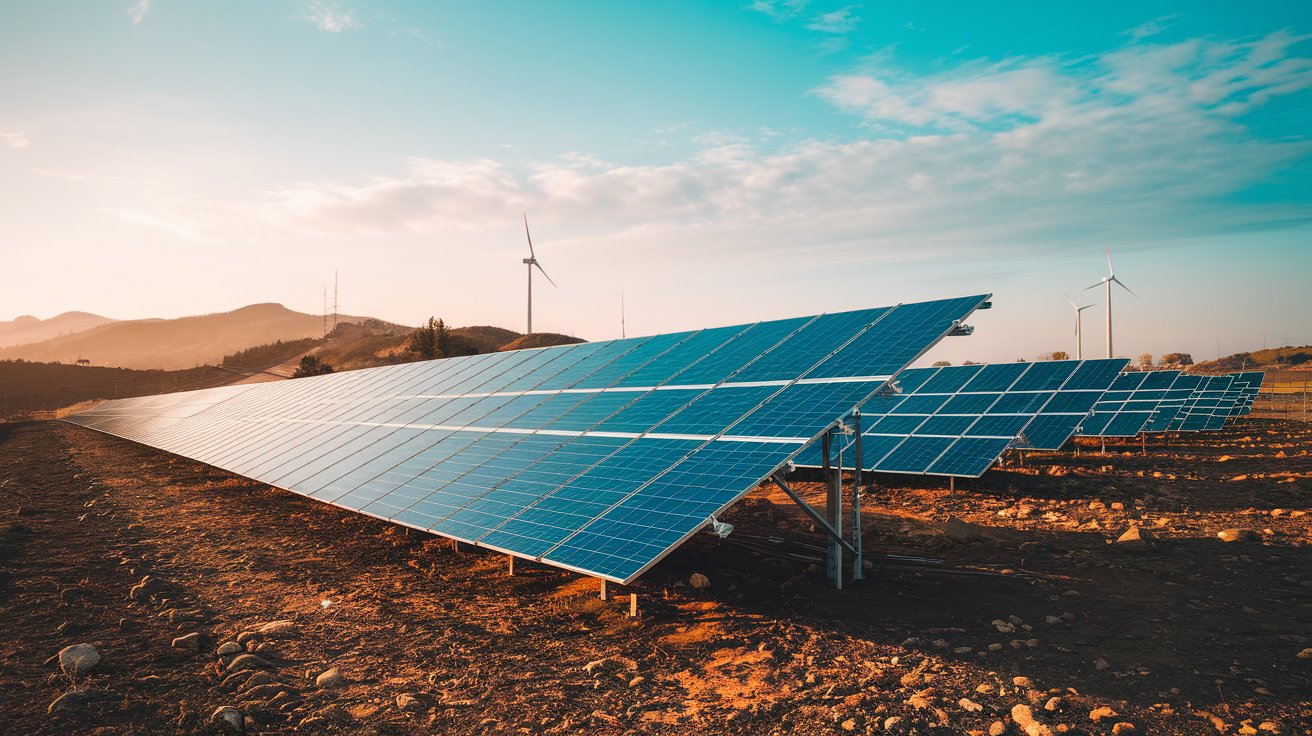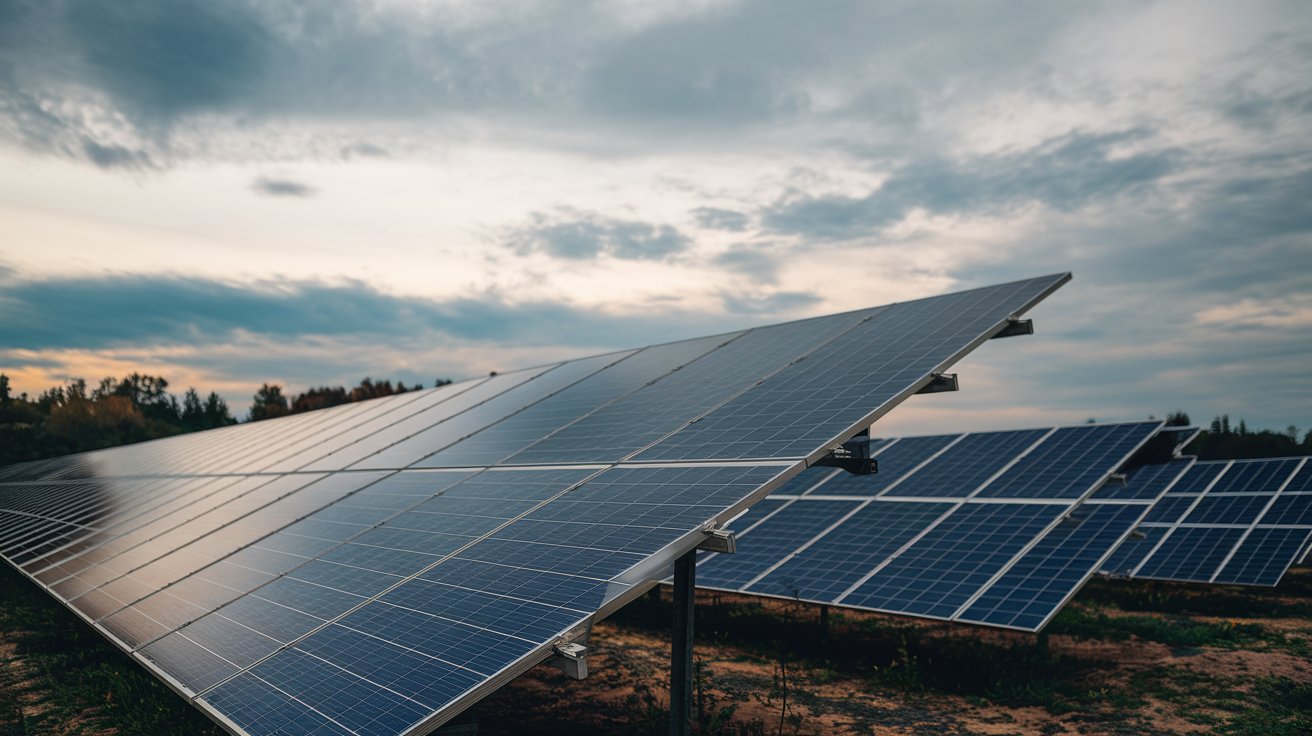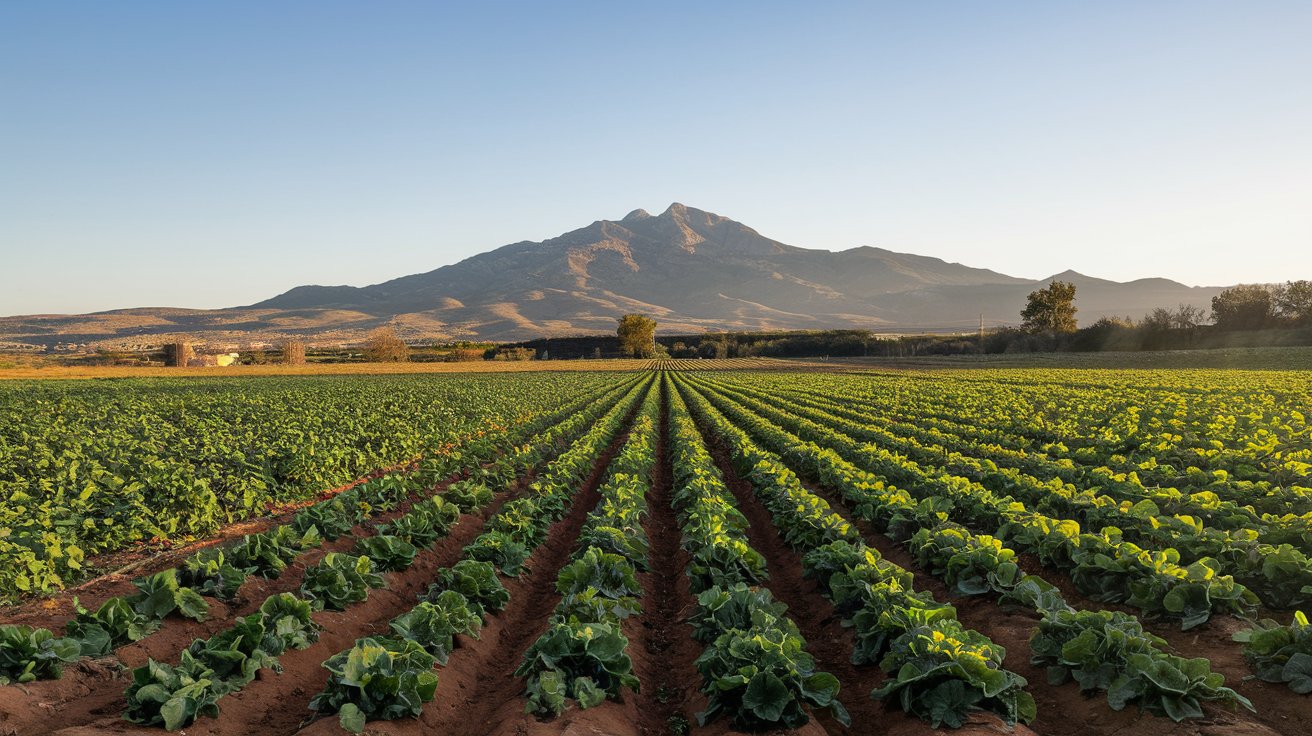Large farms and small rural producers face a common challenge: the high cost of electricity bills in production areas. However, solar energy in agriculture is solving this problem cleanly and sustainably.
In rural areas, sunlight becomes an essential input for infrastructure, whether in areas of monoculture, family farming, or livestock and poultry farming.
In 2023, Brazil reached 8th place in the ranking of the largest solar energy generators in the world, according to the International Renewable Energy Agency ( IRENA ).
On the other hand, more than 200 thousand areas dedicated to family farming do not have access to electricity, according to data from IBGE.
The use of solar energy in agriculture is a viable alternative, especially with government incentives to expand access to credit, which allows electricity to be supplied in a sustainable, affordable, and quality way.
Continue reading the article and understand how it works, the benefits, practical application, and the importance of photovoltaic solar energy in agriculture.
Happy reading!
How does solar energy work in agriculture?
Solar energy in agriculture works through the installation of photovoltaic panels that transform solar radiation into electrical energy ready for consumption in various activities, from irrigation and water heating to grain drying.
In remote rural areas, without coverage from electricity distribution companies, the solar generation system operates with the support of batteries, which store excess energy.
This way, the place has an electricity supply during the day and at night, when there is no sunlight.
When the area is covered by the concessionaire, there is a connection to the solar system that sends the excess unconsumed energy to the distributor’s grid.
In this way, the rural producer earns energy credits, which offset the energy costs used by the local supply company. In other words, the use of batteries depends on access to the energy distribution infrastructure.
Thus, with the support of a company specialized in solar energy projects, it is possible to plan a functional and profitable system to guarantee the permanent and sustainable supply of the area.
What are the benefits of solar energy in agriculture?
The use of solar energy in agriculture benefits both rural activities and the sustainability of production methods. See below the main advantages of this investment.
Reduce operating costs
Regardless of the size of the rural property, the cost of electricity is one of the highest on the list of operating costs
Investing in solar energy reduces this expense, as the photovoltaic system generates electricity through a renewable and long-lasting source, which improves the profitability of the business.
Improve the sustainability of the operation
S.ustainability is an important objective and benchmark for the success of rural enterprises. Investing in solar energy in agriculture strengthens the use of clean and, therefore, non-polluting energy sources.
Furthermore, it contributes to the reduction of greenhouse gas emissions, a challenge that countries face to curb the effects of climate change.
Be self-sufficient in energy generation
Energy self-sufficiency is a strategic benefit of solar energy, as rural producers produce the necessary energy and store or direct the surplus to the distributor.
This way, regardless of external factors, the infrastructure maintains the energy supply, which prevents losses and work stoppages.
Examples of the use of solar energy in agriculture
The variety of uses for energy in agriculture is another benefit of this investment. A rural property needs energy for a variety of tasks, so having its system ensures that activities can continue uninterruptedly. Check out some examples:
• Irrigation: many producers use water from nearby rivers and wells to irrigate their crops. Solar energy supplies equipment that needs electricity to pump and store water.
• Water supply: with the automation of systems that bring water to animal drinkers and reservoirs, electrical energy is an essential input to maintain constant hydration, eliminating manual tasks and saving staff time.
• Drying and storage: solar dryers are devices that dry grains before storage. The process ensures uniform drying, which prevents fungi and bacteria and ensures safe storage.
• Lighting: the availability of light for the headquarters, greenhouses, and surrounding areas allows for smooth movement and the continuation of work at night, when necessary.
Greenhouse ventilation: the ideal temperature ensures the comfort of animals and the preservation of the harvest. With solar energy in agriculture, the cost of keeping equipment active is much lower.
How important is photovoltaic solar energy in agriculture?
The practical applications of energy in agriculture reinforce how much investment can improve business profitability. System planning, such as generation capacity and number of panels, ensures full coverage of energy demand.
Thus, despite the high initial investment, on average R$76 thousand, rural producers achieve safe savings in the long term by generating their energy.
Furthermore, properties with efficient solutions to reduce environmental impacts are valued more, compared to those that do not have innovative resources.
This differential also increases competitiveness in the market and enhances the image of the business, which can attract more investors and customers, which is essential for the continued growth of the operation.
Finally, photovoltaic energy in agriculture grows according to production needs. Thus, if the planting area increases to accommodate new crops, the generation system gains new panels to meet demand.
Knowing the ways of generating electricity, in addition to the traditional purchasing model, opens up new perspectives and opportunities for rural producers to save and invest more in sustainability.
To read More Informative Content Related to Science Subscribe to Us. Thank You!





